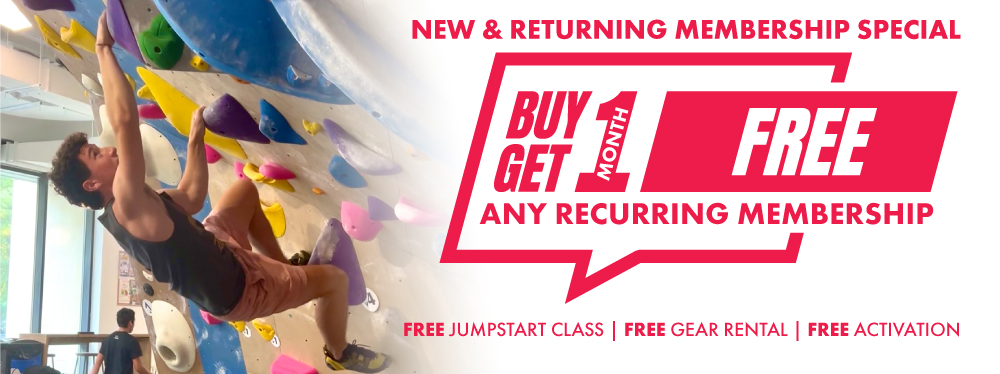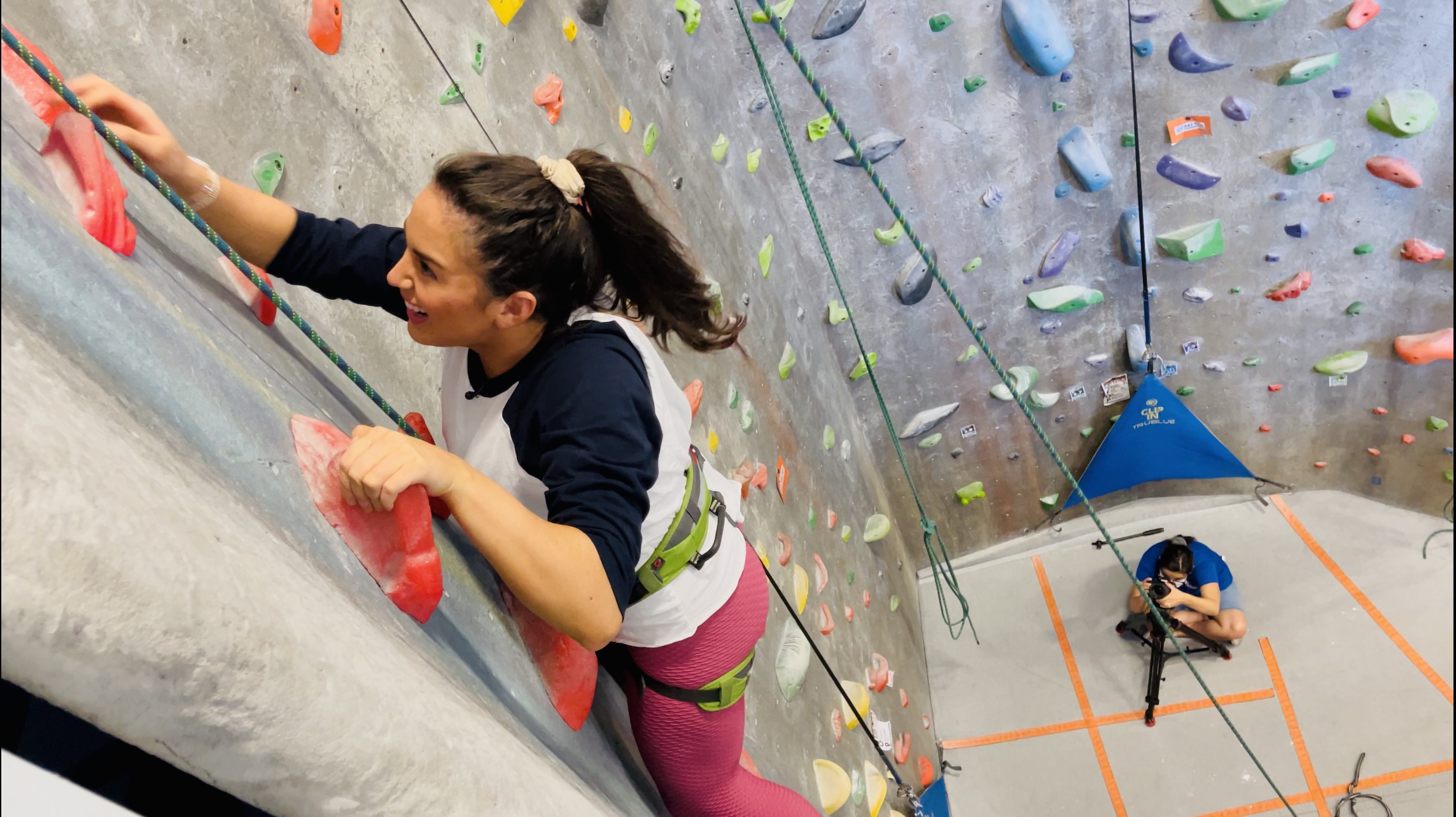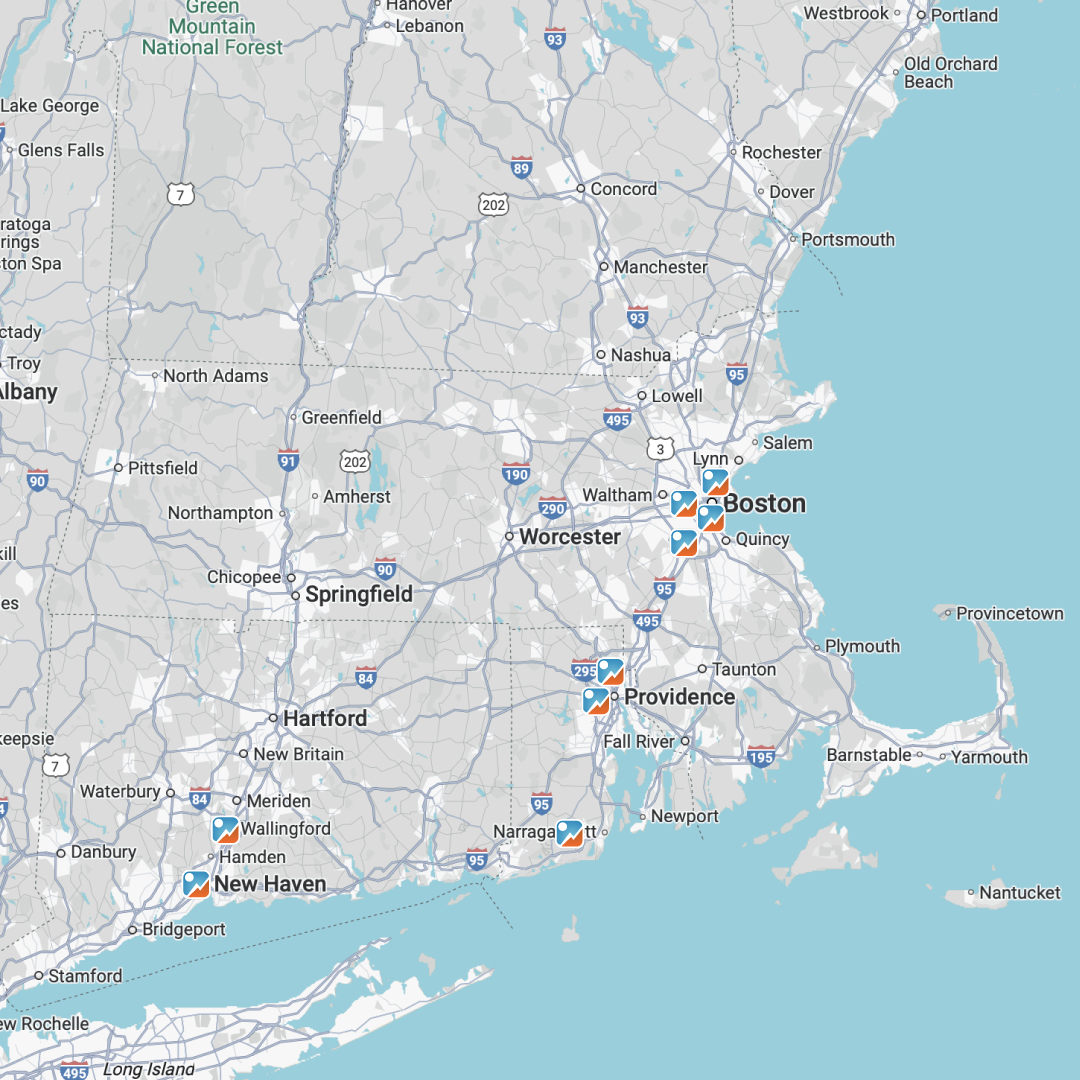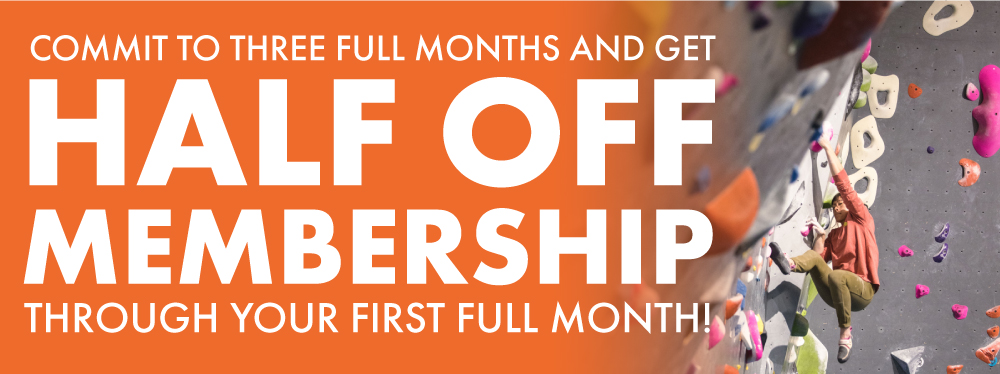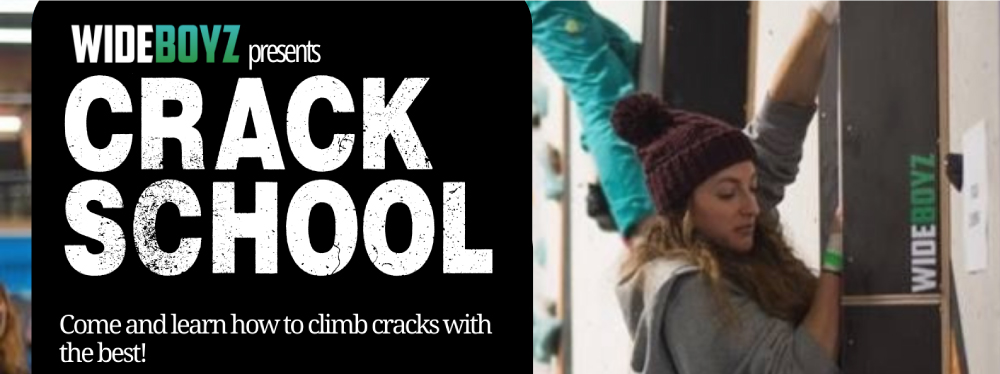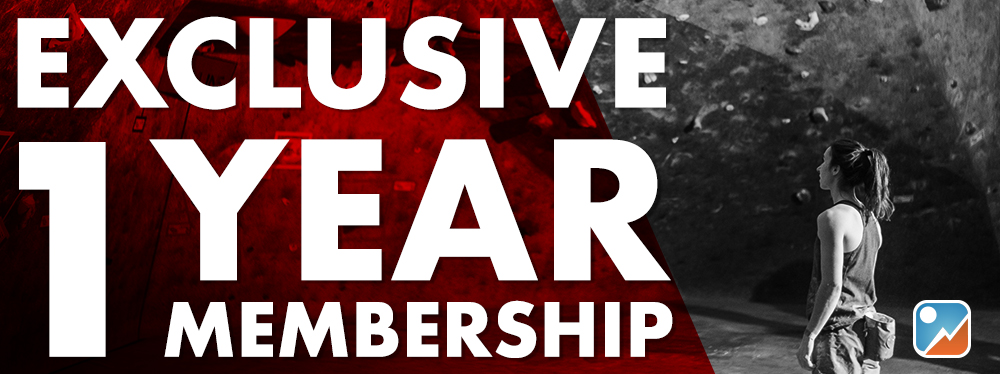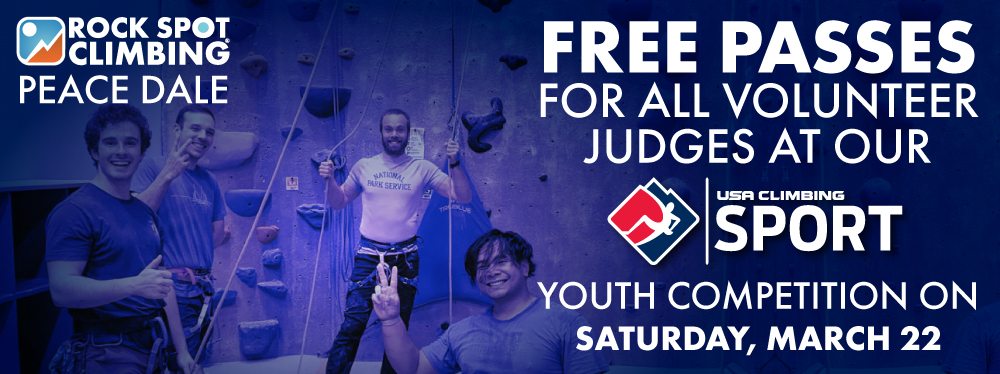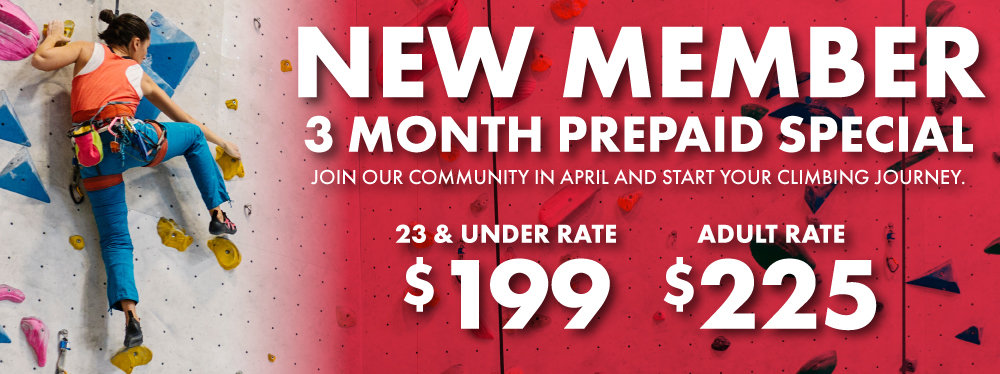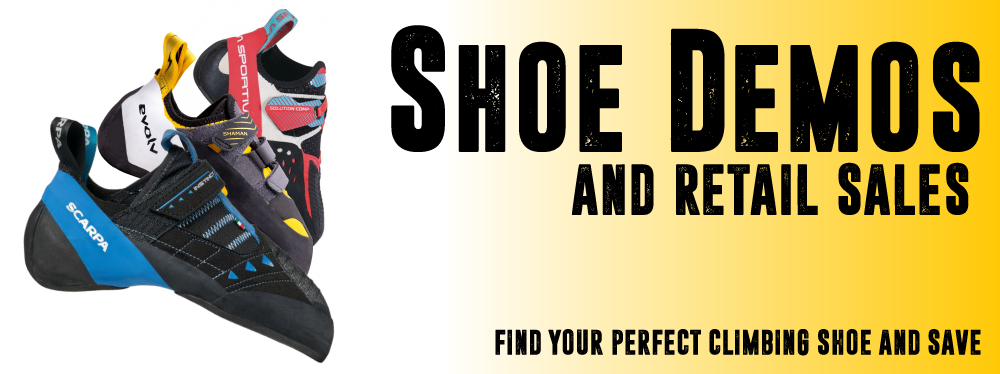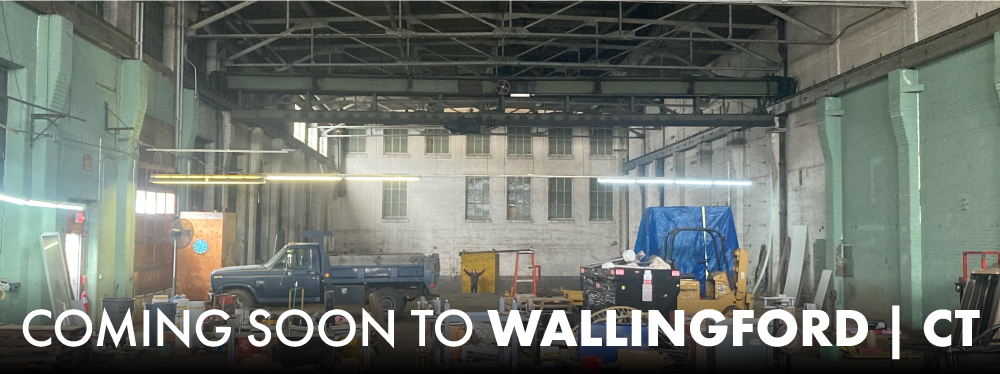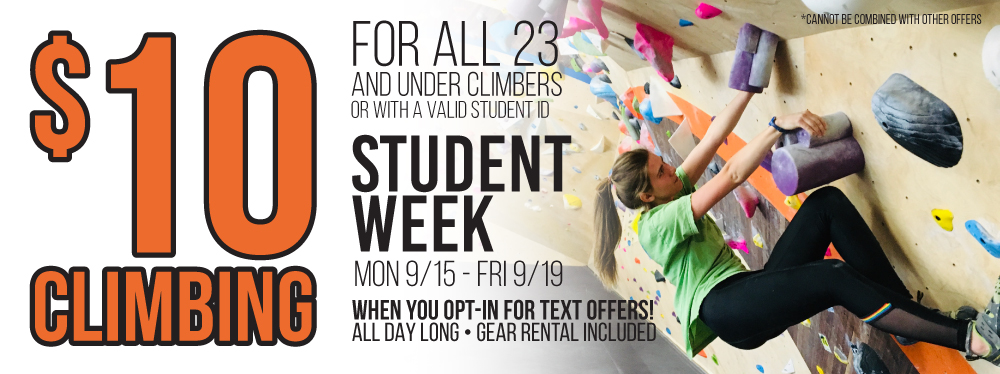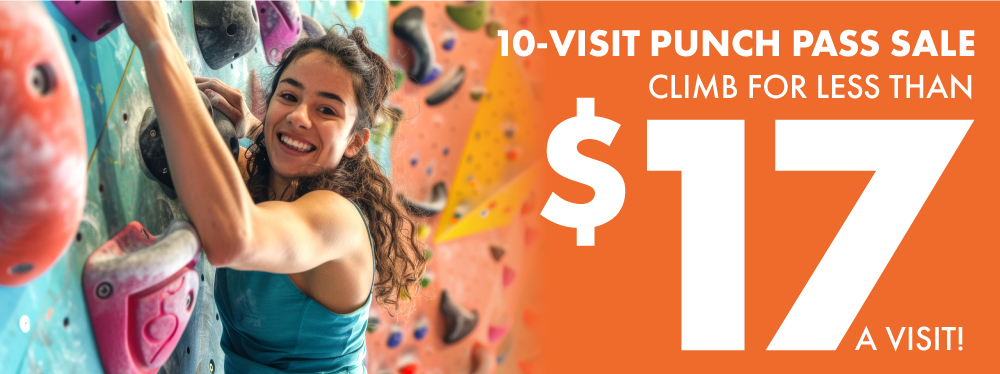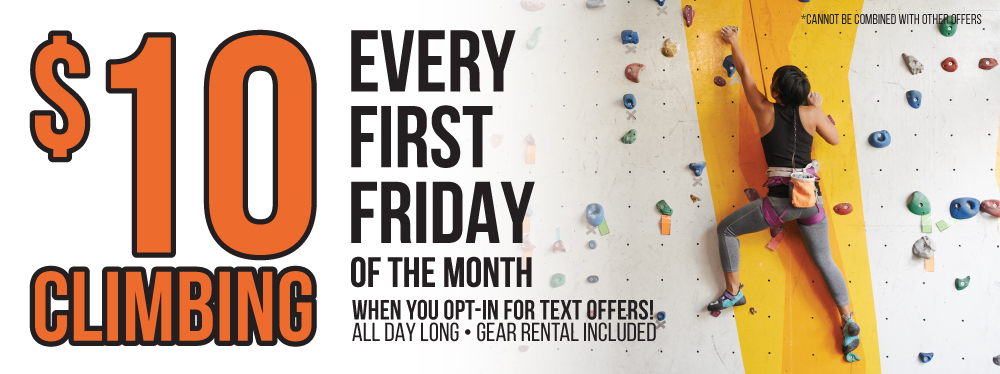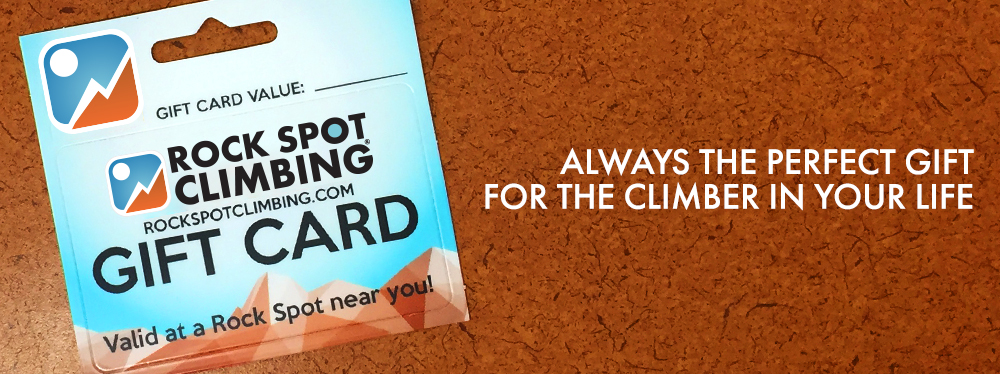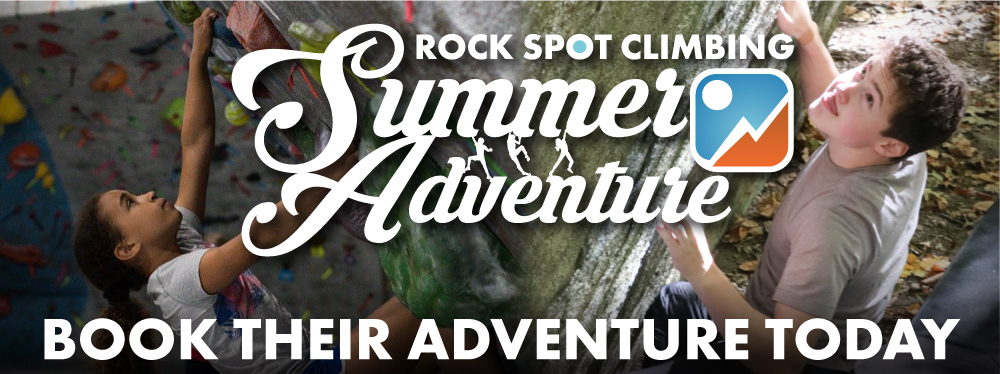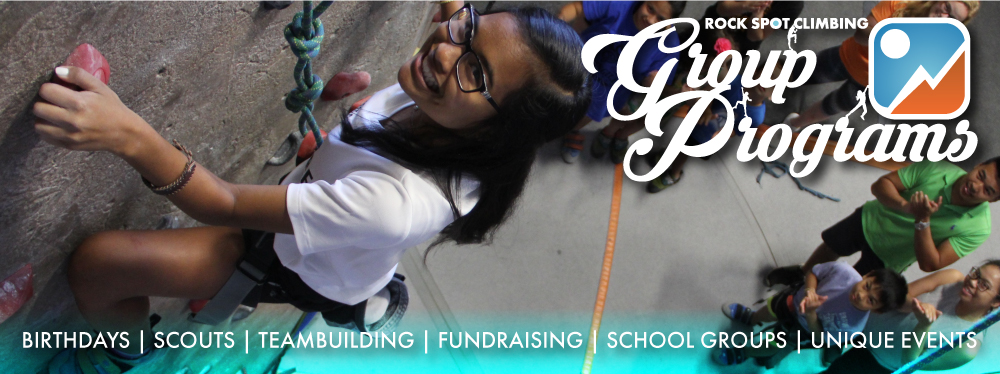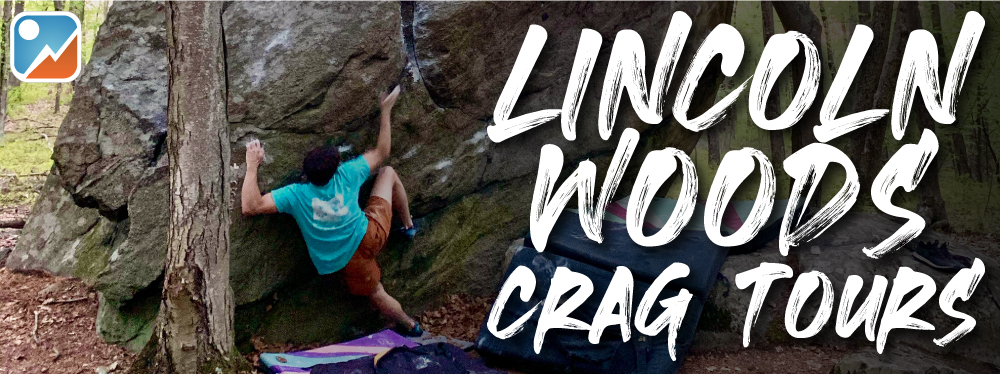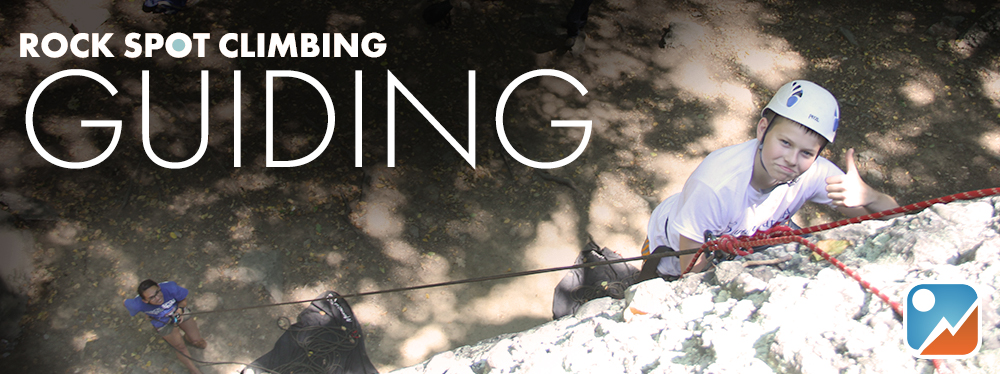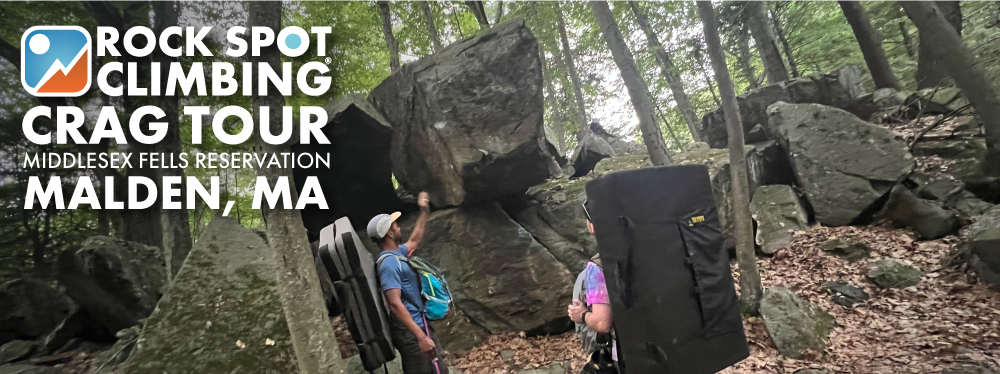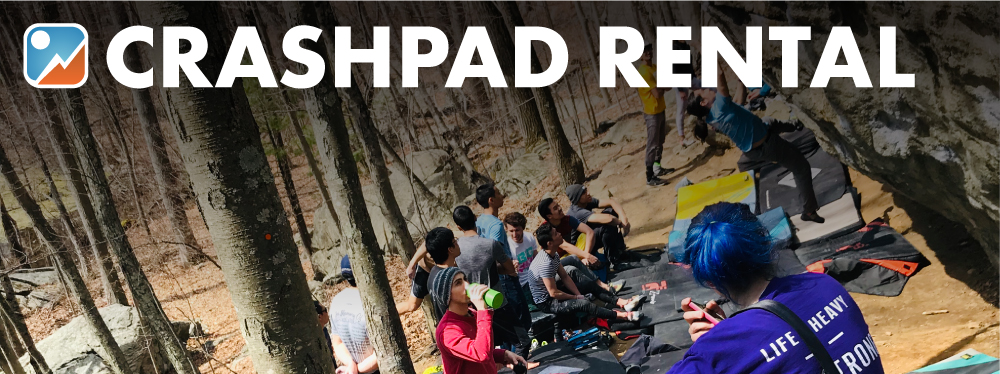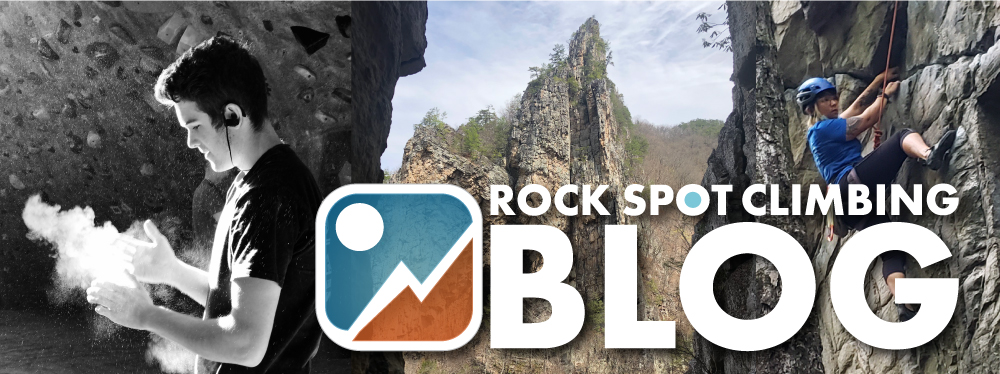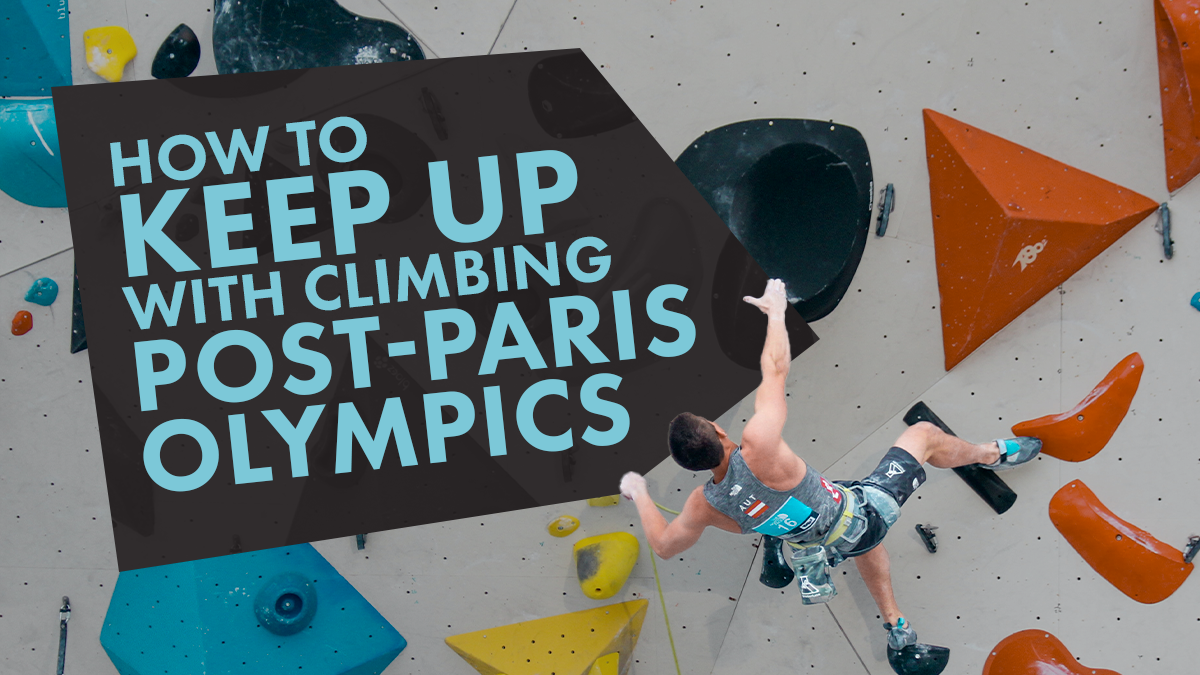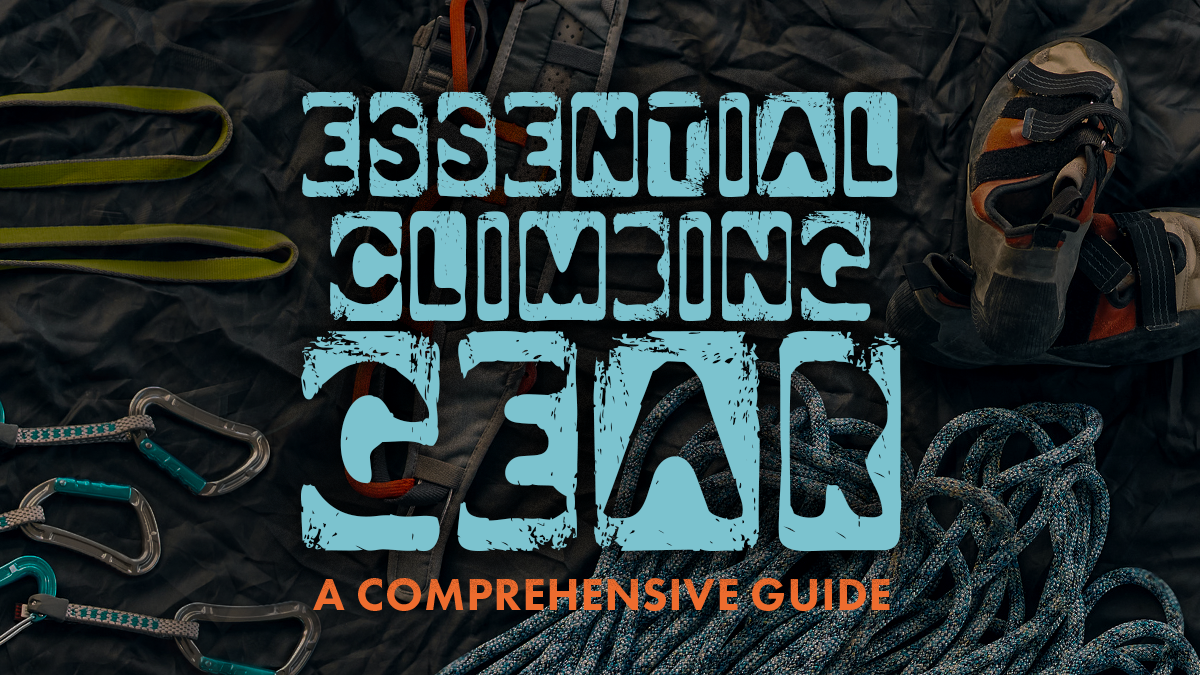Purchase a day pass
- Day passes are the simplest way to walk into any Rock Spot Climbing location and climb in minutes
- We do not offer temporary access to the facility for any period other than a full day, unless you have booked a staffed event
- Make check-in quick and climb in minutes by purchasing day passes in advance!
- No experience is necessary and you only have to pay if you’re climbing
- Exclusive pricing for online purchase and passes may be used at any location
- Climbing shoes are required, but rentals are available and included in the “with gear” day use options
- Please plan to have an appropriate amount of supervisors for underage climbers
- All facility guests must have a waiver on file, even if they are not climbing
- Our friendly staff will provide an orientation for new climbers so you can ask questions and feel confident before you start climbing!
- Please allow up to 48 hours to process so do not purchase this if you are planning to climb on the same day
Planning on climbing today?
Shopify passes are for future use and are discounted accordingly.
If you need a day pass or 10 visit punch for immediate use, purchase it here:
CLIMB TOGETHER.
Since 1998, Rock Spot Climbing has provided unforgettable experiences for climbers of all ages and ability levels. Whether you are new to the sport, or a seasoned climber, our gyms are warm and inviting. Walk-ins are welcome, and we have options for day use, memberships, and punch passes so you can choose the experience that suits you best. Our amazing local teams will have you climbing in minutes and when you’re ready, we make it simple to join our incredible communities with programs to support you for your entire climbing journey. Select a location near you to learn more and plan your climbing adventure with us.
See our segment on WTNH in CT
Locations
I took my very busy 18 month old for toddler time and had a great experience! Not only is it an awesome program for little kids but the staff was beyond amazing with them. We’ll definitely be back!
I was a little nervous rock climbing for the first time, but a brief orientation from a friendly staff member allayed my fears. I started out auto-belaying, but in the corner of the gym was a low beginner bouldering wall, where you can climb over the wall and take a slide down. With encouragement from my friend, I decided to try bouldering, and I must admit the slide was a key motivator 😛
My husband and I go every week, the staff and the facilities are great-we love this gym!
News, Specials and Events
Youth Programs
Youth Climbing Programs
All abilities! Classes offered September-June
Select your location below to view the current youth schedule
BOOK YOUR BIRTHDAY
Click below for more info.
Outdoor Guiding
Take your climbing experience outdoors
The holidays are just around the corner, and thus, the gift-buying chaos commences.
Keep the psych for competitive climbing going until the next Olympics: LA 2028!
Whether you’re just starting or are a seasoned climber, having the right gear is essential for safety and performance.
© 2025 Rock Spot Climbing | questions@rockspotclimbing.com | policies
Quick Links
Socialize with us!
Facebook – Corporate Page
Facebook – Malden, MA
Facebook – Brookline, MA
Facebook – South Boston
Facebook – Boston-Dedham
Facebook – Lincoln, RI
Facebook – Providence
Facebook – Peace Dale, RI
Facebook – Wallingford, CT
Facebook – New Haven, CT
Instagram – Corporate
Instagram – Malden, MA
Instagram – Brookline, MA
Instagram – South Boston
Instagram – Boston-Dedham
Instagram – Lincoln, RI
Instagram – Providence
Instagram – Peace Dale, RI
Instagram – Wallingford, CT
Instagram – New Haven, CT
Contact us
Corporate Address:
100 Higginson Ave
Lincoln, RI 02865

